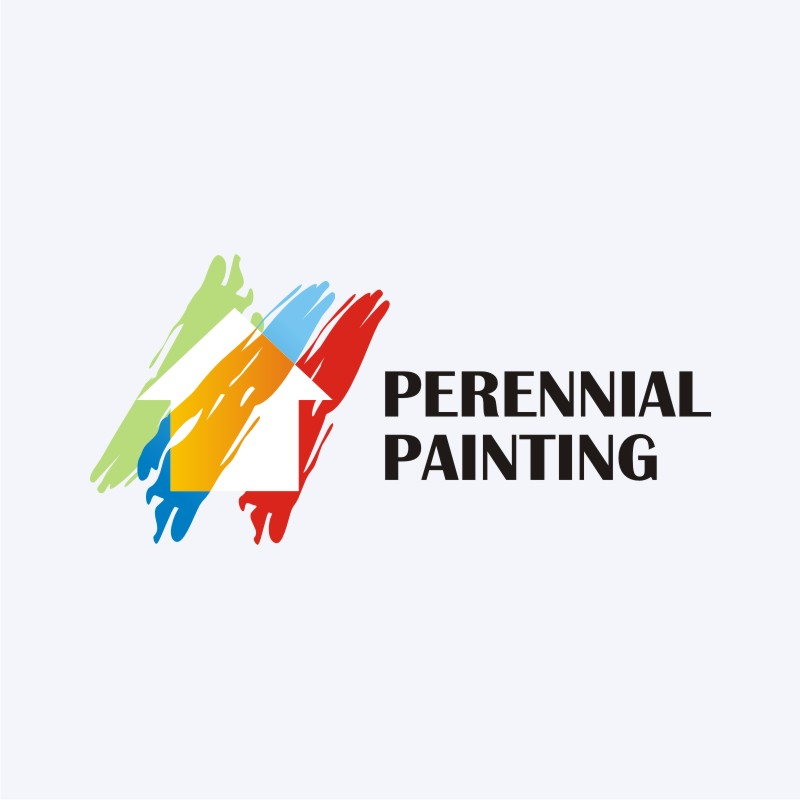When you're preparing a business external painting job, don't take too lightly the influence of weather condition on your results. You require to take into consideration factors like temperature, moisture, and precipitation, as they can make or damage your paint job. For instance, did you know that optimal problems ask for specific temperature level arrays and humidity degrees? Falling first impression painting to keep an eye on these elements can result in uneven finishes or even damage to fresh paint. Comprehending these components is essential to attaining a resilient, professional end result. So, what details climate condition should you watch out for?
Temperature level Considerations
When it comes to industrial exterior paint, temperature level plays an important role in the end result of your task. If you're repainting in severe warm, the paint can dry out as well promptly, causing issues like inadequate adhesion and unequal finishes. You want to aim for temperatures between 50 ° F and 85 ° F for the very best results. Listed below 50 ° F, paint may not cure correctly, while above 85 ° F, you take the chance of blistering and cracking.
Timing your task with the ideal temperature levels is important. Start your job early in the morning or later on in the afternoon when it's cooler, specifically during hot months.
Likewise, consider the surface temperature; it can be substantially more than the air temperature level, specifically on warm days. Utilize a surface thermometer to examine this prior to you begin.
If temperatures are unforeseeable, keep an eye on the weather prediction. Sudden temperature declines or heat waves can thwart your plans. You do not wish to begin repainting only to have the conditions change mid-project.
Moisture Degrees
Moisture levels dramatically impact the success of your business outside painting task. When the moisture is expensive, it can prevent paint drying and healing, causing a series of concerns like bad attachment and end up quality.
If you're preparing a task throughout wet problems, you might discover that the paint takes longer to completely dry, which can expand your project timeline and increase expenses.
Conversely, reduced humidity can additionally position obstacles. Paint might dry out also rapidly, preventing proper application and resulting in an uneven coating.
You'll intend to monitor the humidity levels carefully to guarantee you're functioning within the ideal range, usually between 40% and 70%.
To obtain the very best outcomes, consider utilizing a hygrometer to measure humidity before beginning your task.
If you discover the degrees are outside the ideal range, you might need to adjust your timetable or choose paints designed for variable conditions.
Constantly consult the producer's standards for particular recommendations on moisture resistance.
Rainfall Impact
Rainfall or snow can considerably disrupt your industrial exterior painting plans. When rainfall occurs, it can remove newly applied paint or develop an uneven finish. Ideally, you want to pick days with dry climate to make certain the paint adheres effectively and remedies effectively. If you're caught in a shower, it's best to stop the task and wait for problems to improve.
Moreover, snow can be even more detrimental. Not only does it develop a damp surface, however it can additionally decrease temperatures, making it tough for paint to completely dry. This can result in problems like peeling off or blistering down the line.
https://dengarden.com/news/paint-colonial-house-black to examine the weather report before starting your job. If rainfall or snow is anticipated, think about rescheduling.
Constantly keep in mind to enable ample drying out time in between layers, particularly if the weather continues to be unforeseeable.
Final thought
In conclusion, watching on the weather condition is essential for an effective industrial external paint project. By keeping an eye on temperature level, humidity, and rainfall, you can guarantee the most effective conditions for application and curing. Bear in mind to plan your job around positive climate and always adhere to manufacturer guidelines. With the appropriate approach, you'll attain a long-lasting, beautiful surface that can hold up against the aspects. Don't let the weather catch you unsuspecting-- stay educated and paint smart!
